To create a total ethics fashion system we must be highly effective, transparent and goal-focussed.
So we publish our strategic plans and achievements for review.
See what we achieved in 2024.
We take pride in the progress we’ve achieved in our fourth year as an organisation.
Help us continue our work
An ongoing or once-off donation helps us greatly in our efforts to create a total ethics fashion system.
We use your money mindfully, strategically, and with the awareness that funds are a limited resource that must be put towards the greatest good.
Why Collective Fashion Justice exists:
Sections of this part of the plan are available here directly, to make references to factual statements accessible.
Systemic violence against animals
‘Every year, over 80 billion sentient, non-human beings capable of joy, fear and suffering are reduced to fragmented body parts industries turn into ‘food’ and fashion ‘materials’.
Suffering of farmers and abattoir workers
‘Working in a slaughterhouse is proven to negatively impact one’s mental health and outlook, with perpetration induced traumatic stress, coming from committing a violent act, being prevalent.’
Inefficient, destructive planetary use
‘From the unsustainable production of fibre crops, to the use of fossil fuels in fashion destined for landfill, and our most environmentally impactful materials, those made from animals, the way our industry engages with the earth must fundamentally change.
Most pressing, our use of animals in food and fashion sees greenhouse gas emissions more significant than the exhaust emissions from every transport vehicle in the world: planes, trains, boats and cars. Our destruction of native land for farmed animal grazing is erasing the Amazon Rainforest before our eyes, and covering over a third of all non-barren land.’
The luxury of the few, at the expense of the masses
‘People of colour working in leather tanneries supplying the global west suffer disproportionately high rates of disease. Their communities live in such polluted environments that some are even known as ‘cancer villages’. Indigenous land is stolen for industrialised animal agriculture and then used to inefficiently feed animals killed for their flesh, fur, skin, and wool, which could instead, feed the 690 million people around the world who go hungry.
Slaughterhouse workers, often migrants, are treated as expendable. They are often severely injured and sometimes die in the dangerous conditions of the slaughterhouse.’
Archive
Want to view older reviews of our work or strategic plans?
They’re available here.
-
Read it here.
-
Read about our 2023 achievements and how we met our goals here.
-
You can find our plans for 2023 and the goals we set for ourselves here.
-
We reviewed our strategic plan, the goals we set for ourselves, and how they were met. Read it here.
-
-
We review the 2021 year in our 2021-2022 overview, but if you want to see more specifics from our first year, you can here.



